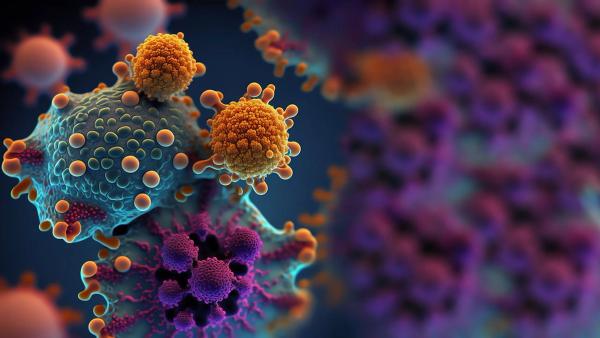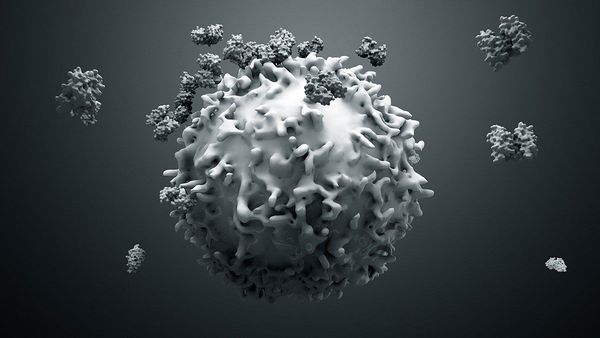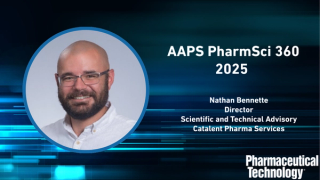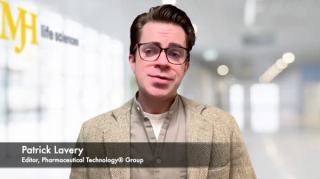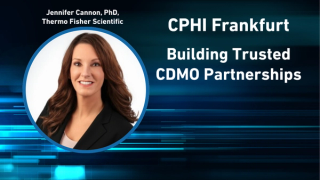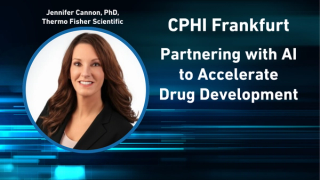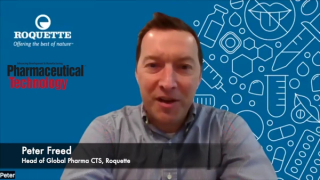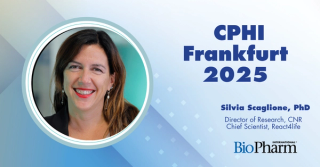
Drug Development
Latest News
Latest Videos

Shorts
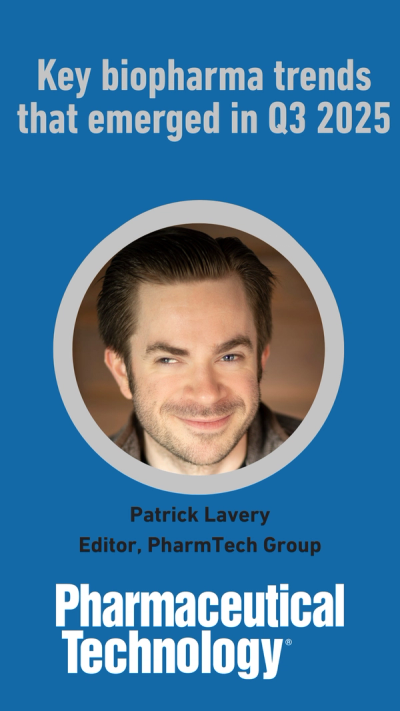
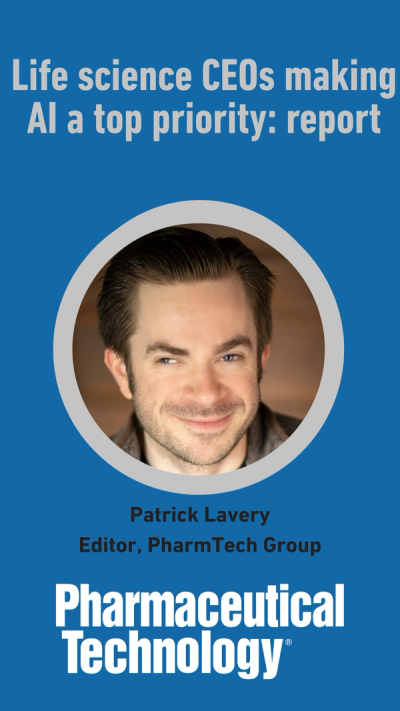
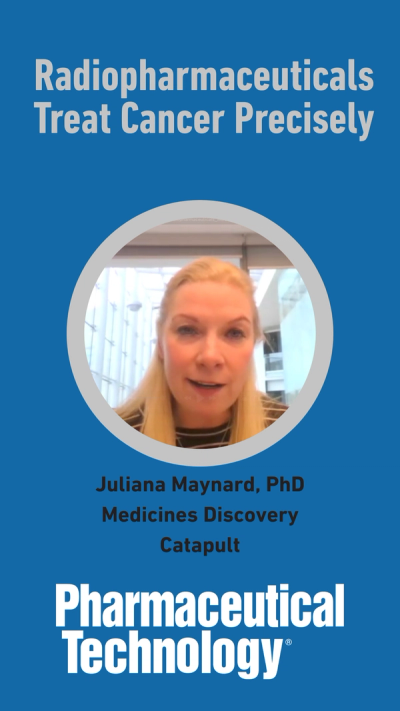
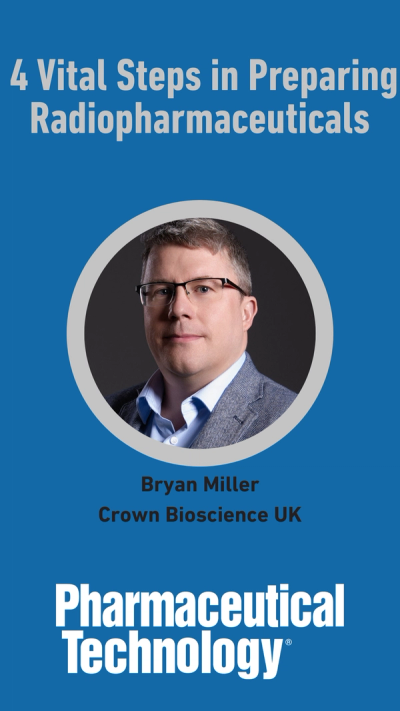

More News
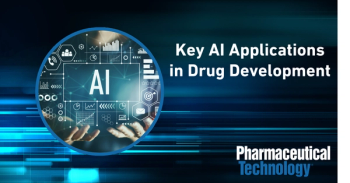
Machine learning tools are now moving from concept to validated applications, driving transformative shifts in bioanalysis, preclinical testing, and formulation optimization across the industry.

The European Union aims to become the most attractive destination for clinical research.

Corey Bloom of Lonza outlines major points from his AAPS presentation, from drug delivery technology selection to the importance of CDMO partnerships.
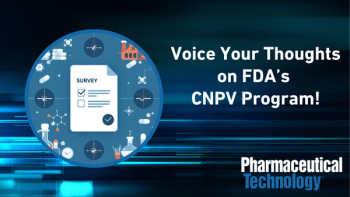
Take our survey to voice your opinions on the bio/pharma industry impacts of the FDA Commissioner’s National Priority Vouchers program.

PharmSci 360 will spotlight the economics behind AI, scale-up, and advanced modalities, addressing cost barriers that influence future drug manufacturing.

Pharmaceutical Technology® spoke with Dr. Mark Arnold, owner and principal, Bioanalytical Solution Integration, ahead of AAPS PharmSci 360 to find out how bioanalysis enhances bio/pharmaceutical drug development.

Pharmaceutical Technology® spoke with Dr. Weite Oldenziel, CEO of Ofichem, before CPHI Frankfurt 2025 to get his perspective on the API market and why it is important to qualify API suppliers.

Radiopharmaceuticals are allowing for the targeted treatment of cancers, but they do pose challenges.

Pharmaceutical Technology® spoke with Tara Dougal, Event Director for Pharma at Informa Markets about what attendees at CPHI Frankfurt should expect this year.

Real-world data can be utilized to ensure quality and effectiveness of drug products.

Non-parenteral alternatives for biologics remain a clinical imperative and a formidable challenge.

Recent developments show how innovations and treatments for cancer are rapidly advancing.
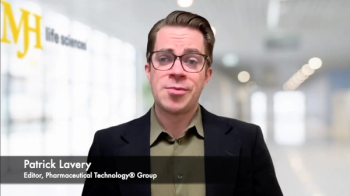
The first needle-free adrenaline treatment launches in the UK, validating non-invasive delivery with real-world data comparable to injection effectiveness.
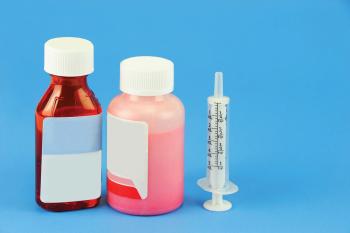
Take this quiz to test your comprehension of one of our recent feature articles.


Michael Ritchie, chief commercial officer at Champions Oncology, explains what makes radiopharmaceuticals unique in the treatment of cancer.

This article outlines common CMC problems that are obstacles that steal momentum and create costly detours in the development or orphan drugs.

The European Union aims to become the most attractive place for life science by 2030.
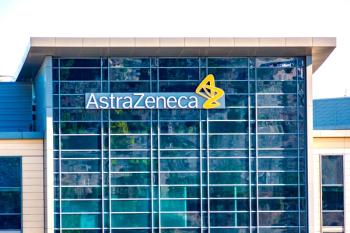
Data from four major pivotal trials will be shared, but AstraZeneca medications and pipeline molecules appear in more than 90 abstracts for the upcoming conference in Berlin.

This issue showcases strategies that organizations are adopting to stay competitive as pressing industry trends shape the sector.

This paper provides an in-depth overview of the anatomical structure and functional dynamics of renal filtration, secretion, and reabsorption processes that govern drug clearance.

US President Donald Trump made the announcement that AstraZeneca is the second of 17 major pharmaceutical companies, after Pfizer, to agree to most-favored-nation pricing protocols.

AstraZeneca’s $4.5 billion investment in Virginia expands its US drug manufacturing footprint, creating 3600 jobs and integrating AI for cancer and metabolic therapies.

The awarded $1.7 million in funding will support the company’s preclinical and clinical progress on DMX-1001 (noribogaine), designed to reduce relapse and improve brain health in patients with alcohol use disorder.

The growing demand for liquid medicines is increasingly driven by the unique needs of several distinct patient groups, improving compliance in these demographics through flexible, palatable dosing options.






